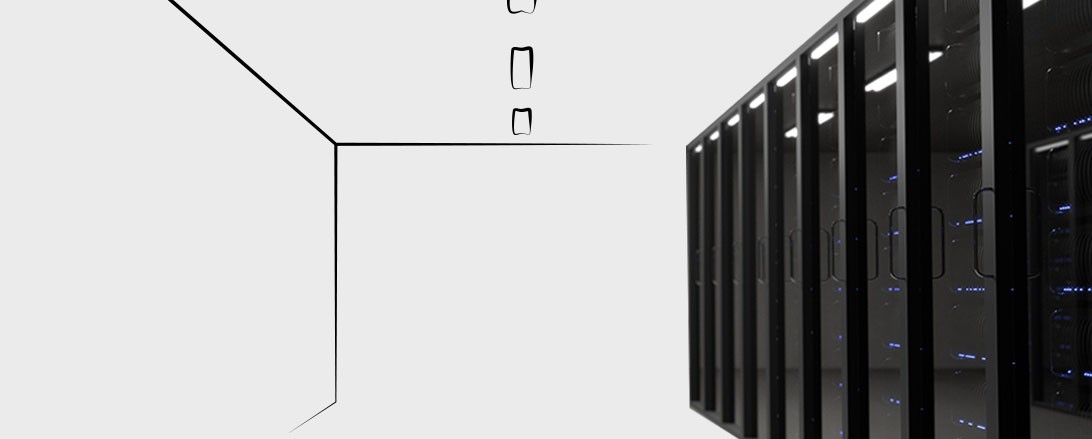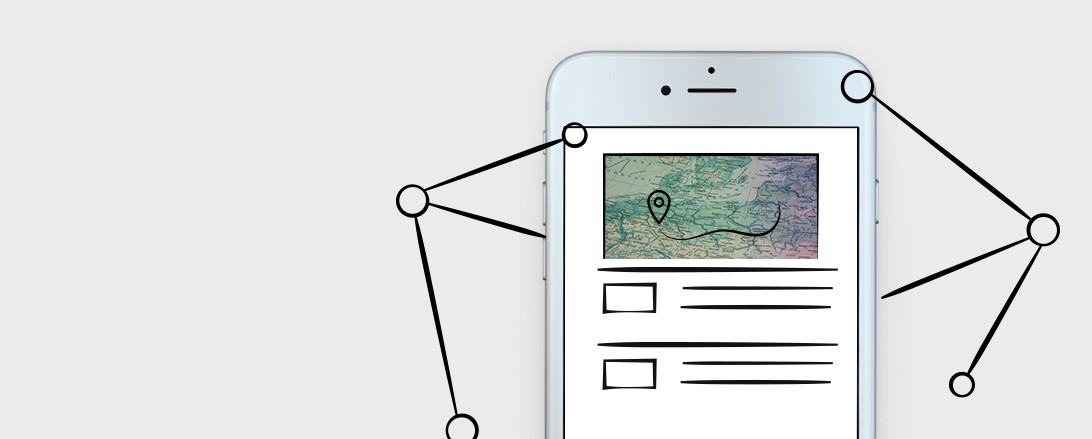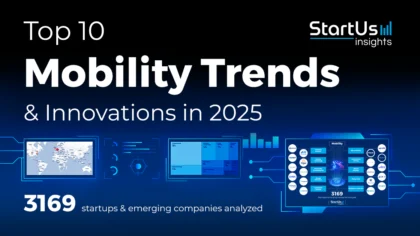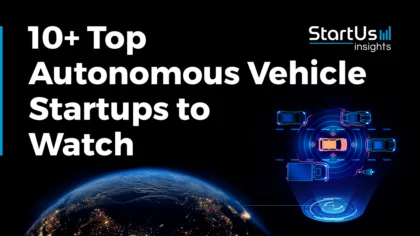Leverage our unparalleled data advantage to quickly and easily find hidden gems among 4.7M+ startups, scaleups. Access the world's most comprehensive innovation intelligence and stay ahead with AI-powered precision.
A wave of disruption has reached the automotive industry as not only consumer’s excitement at the prospect of shared mobility, electric vehicles, and autonomous cars has risen but also the fact that many technology innovators are seizing mobility as a complementary business model to their core competencies.
Autonomous, shared, or electric vehicles are nevertheless not the sole breakthroughs in mobility, merely the best known. The industry has seen important advances in driver assistants, hydrogen fuel cells for electric cars and connected cars with an estimated 152 million of them roaming the streets by 2020.
As cutting-edge startups and their technology are the drivers of innovation, we put them in the front seat. At StartUs Insights, we recently ran a detailed analysis of 8.000+ startups, discovering several innovation areas which will impact the automotive industry in the near future. To shed light on the application and potential of the most disruptive of these emerging technologies, we decided to outline the most dominant innovation areas that influence the entire industry.













